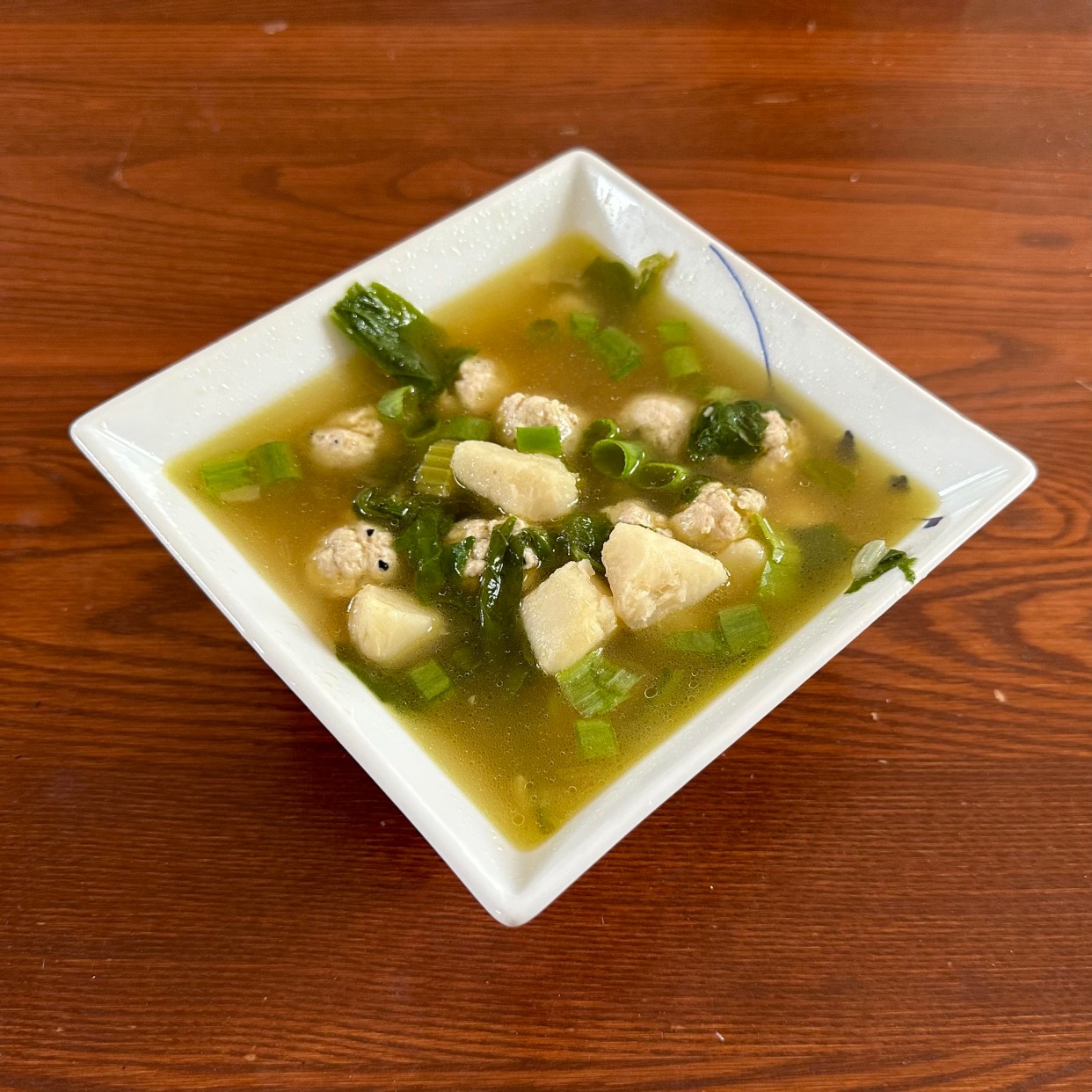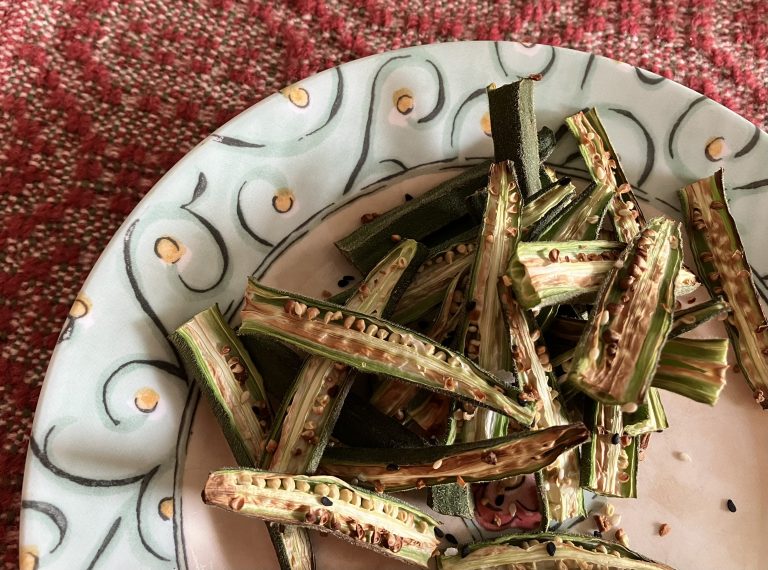Hi, I’m Michael. If you’ve shopped at the Co-Op in the past year then we’ve probably met. Most of the time you’ll find me ringing up customers at the front end.
One of the things I find special about the Co-Op is its connection with the community. I grew up in Swarthmore and I know how invaluable the Co-Opis. I also know how important it is to be constantly working to maintain and strengthen that bond between the people of Swarthmore and the Co-Op.
Another special thing about the Co-Op is its commitment to stocking a wide variety of items. We love to introduce new items that you might not see at a chain grocer, but many people don’t want to buy things they have no idea what to do with. It can be exciting to try new things, but it can also be overwhelmingly intimidating.
I felt like we could do more to strengthen our connection to the community and help expose our customers to new things by sharing our personal experiences with some of the more unique products at the Co-Op.
What is Taro?
When I first started working on this, I took a walk down the produce aisle, looking for things I’d never tried before. I was immediately interested in an unusual-looking vegetable called a taro root. I’m not sure I’d ever even heard of taro as a vegetable before. When I went to ask our produce manager, Vlad, about it, he explained that we’d actually received it by accident. It felt like the perfect place to start.
Taro is a root vegetable that’s most commonly used in Africa, South, East, and Southeast Asia, and Polynesia. They have a thick, almost hairy skin and a starchy interior. It has a very unique taste: a subtle umami flavor with a faint sweet vegetable aftertaste. Taro is often used in soup, stews, and curries because of its creamy texture and simple flavor. In many ways, it reminds me of a slightly more distinct but much softer version of bamboo shoots, able to absorb the flavors around it and enhance them.
Turkey meatball, taro, & arugula soup
I come from a very Italian-American family. My mother and her two sisters grew up on Staten Island. Two things that have always been important to my family are holidays and food. Every year for Thanksgiving, our whole family gets together at our house and shares an extensive Thanksgiving dinner.
Between the turkey, mashed potatoes, homemade stuffed mushrooms, and variety of pies, the dish that always stood out to me was my mother’s recipe for meatball soup. It was a simple recipe she learned from her mother, but it became something I looked forward to all year.
So when I started seeing recipes for taro soups with turkey meatballs, I could think of nothing better than asking my mom to help me combine them with our family recipe.
This take on an Italian wedding soup swaps in chunks of taro in place of pasta. It’s a light but satisfying soup that combines the savory flavor of the turkey meatballs and chicken broth with the subtle nutty taste of taro. The arugula and sauteed vegetables pull it together with just a bit of kick.
The taro, once steamed, has a very pleasant, doughy consistency; softer than a baked potato yet more resilient than a mash. My mother and I found it most similar to that of a gnocchi.
This recipe produces about 12 servings, so it’s great if you’re serving a large family or if you like to have leftovers. (Personally I think the soup gets even better after being chilled for a day or two.)
Ingredients
Soup
- 1.5 lbs taro root
- Approx. 2.5 oz. arugula
- 3-4 stalks celery
- 1 small white onion
- 3 green onions (scallions)
- 4 qts chicken broth
- Olive oil
Meatballs
- 1 lbs ground turkey
- ¼ cup parmigiano reggiano
- Dried spices to taste
Instructions
- Peel and chop the taro. If your taro root is large enough you can peel it using something like a potato peeler, but for smaller roots I recommend using a sharp knife to remove the end and then slice off the skin. Chop into cubes of roughly 1 in.
- Steam the taro. I did two batches with a steaming basket in my rice cooker, but any method of steaming works just as well. You’ll know the taro is ready when you can easily pierce it with a fork, around 5-10 minutes.
- Form the meatballs. Thoroughly mix the meatball ingredients. Once combined, roll out small meatballs, about ¾ of an inch wide. We were able to make about 60 meatballs with our pound of turkey.
- Chop your veggies. Chop your celery. Dice your white onion into small cubes. Chop your green onion, separating the white stems from the green leaves. I also recommend roughly chopping your arugula. In a bowl combine your celery, white onion, and the stems of the green onions. Drizzle this bowl of veggies with a touch of olive oil and a pinch of salt.
- Saute your veggies. In the pot you plan to use, add enough olive oil to thoroughly cover the bottom. Place over medium high flame and add your mixed veggies. Cook, stirring occasionally, for a few minutes until white onions become translucent and aromatic.
- Prepare your broth. To the pot of sauteed veggies, add the chicken broth. Increase flame back to high and cover until the pot begins to boil.
- Add your meatballs. Lower flame back to medium, and slowly drop your raw meatballs into the soup. It will take about 8-12 minutes for the meatballs to cook through.
- Add your final ingredients. Once the meatballs are cooked, add your taro and arugula. Let simmer for a few minutes before serving to allow arugula to soften and taro to soak up flavor.
- Serve! Fill a few bowls and garnish with green onion tops.

